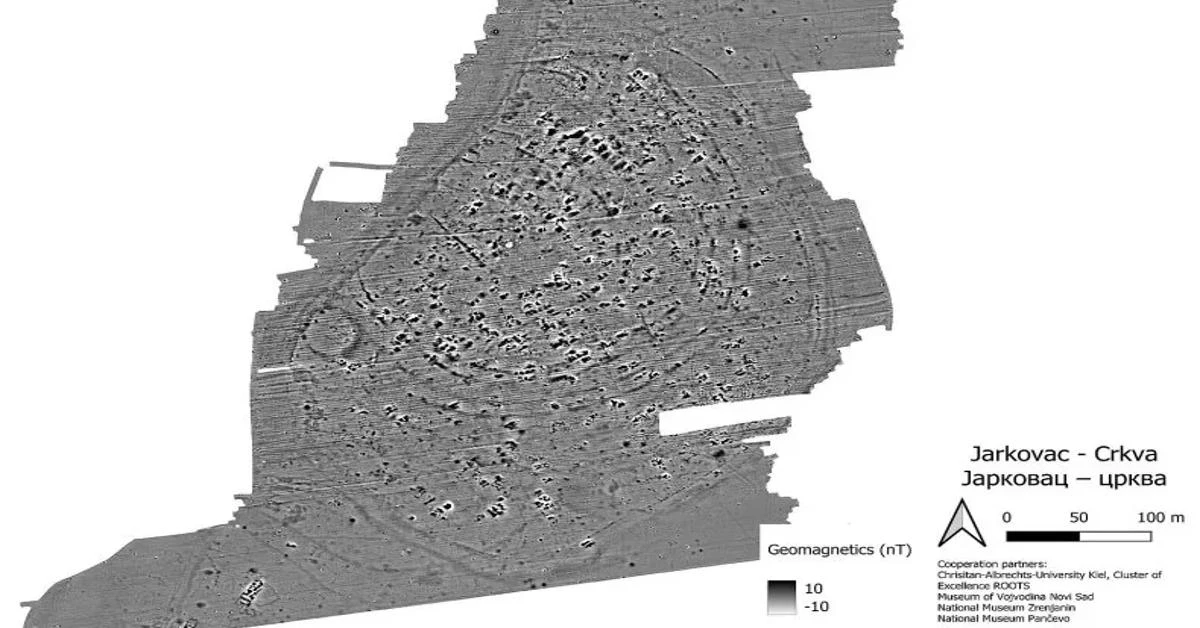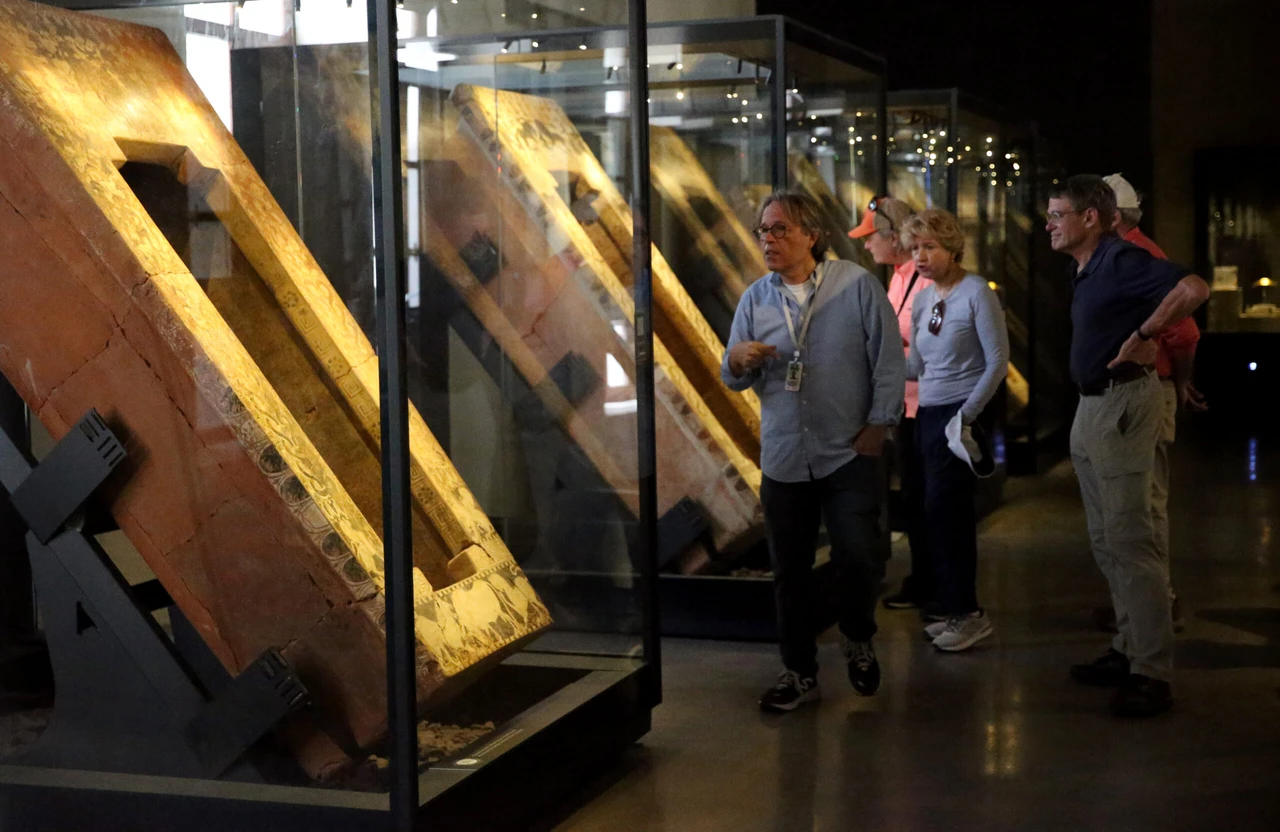Serbian archaeologists uncover monumental 7,000-year-old neolithic settlement

The recent unearthing of a vast, well-planned Neolithic settlement in Serbia offers new insights into the Vinca culture and its early metallurgical activities
A team of archaeologists from the Cluster of Excellence ROOTS and several Serbian museums has made a groundbreaking discovery of a 7,000-year-old settlement near the Tamis River in the Banat region of Northeast Serbia.
This is one of the largest Late Neolithic settlements unearthed in the area, providing crucial insights into prehistoric societies in Southeast Europe.
Located near the modern village of Jarkovac in Vojvodina province, the site spans 11 to 13 hectares and features multiple encircling ditches. Researchers have successfully mapped the extensive settlement by employing advanced geophysical survey methods, revealing a complex and well-planned structure from thousands of years ago.

Professor Martin Furholt from the Institute of Prehistoric and Protohistoric Archaeology at Kiel University discussed the significance of this finding.
“This discovery is of outstanding importance, as hardly any larger Late Neolithic settlements are known in the Serbian Banat region,” said Furholt. He noted that understanding these large-scale settlements is essential for comprehending the early spread of human societies across Europe.
The excavation primarily links the site to the Vinca culture, dating from 5400 to 4400 B.C.E. Known for their advanced societal structures, the Vinca were among the earliest cultures to engage in copper metallurgy.
The findings also indicate substantial influences from the regional Banat culture, enriching our understanding of cultural dynamics during this period.
Fynn Wilkes, a doctoral student and co-team leader, shared his insights on the structural data obtained. “The geophysical data gives us a clear idea of the settlement’s layout 7,000 years ago. A settlement of this size is spectacular,” explained Wilkes.
Beyond the Serbian site, the research team extended their studies to Hungary, examining Late Neolithic circular enclosures, known as “rondels,” associated with the Lengyel culture.
These efforts form part of a larger project to trace how early technologies and knowledge, such as metalworking, spread throughout Europe.
Source: Newsroom



